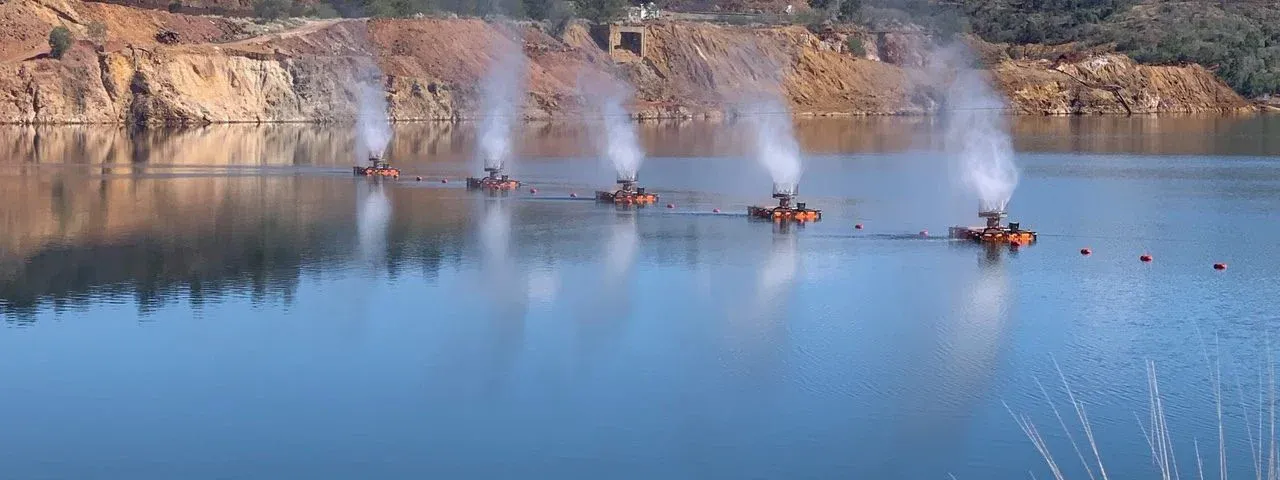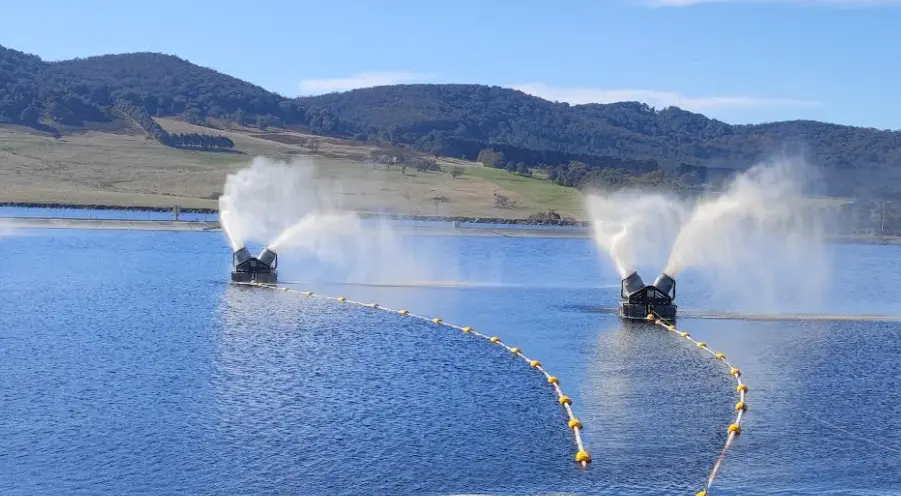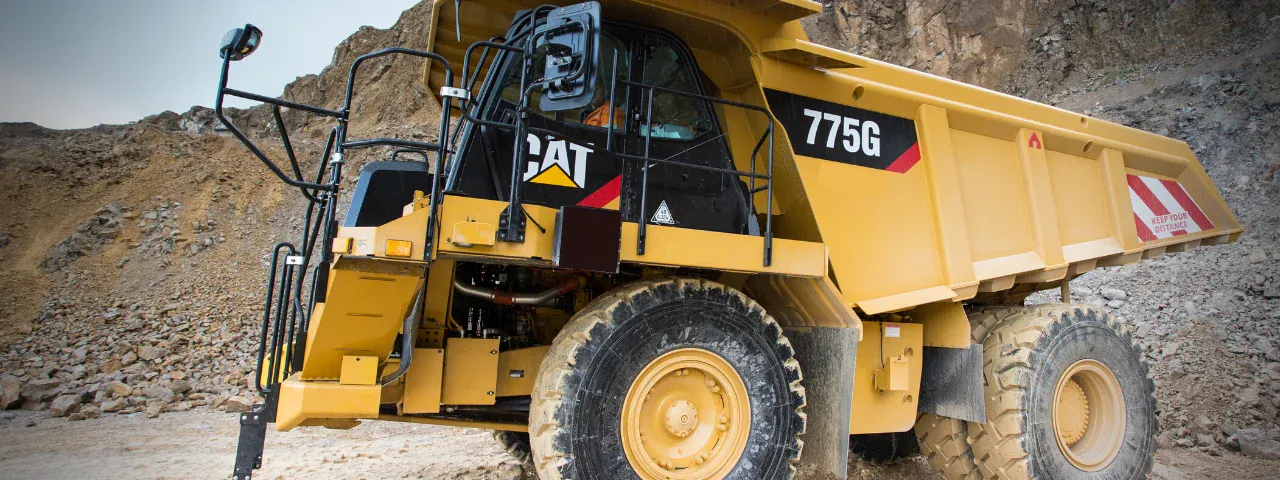Municipalities worldwide are facing a pressing need to upgrade their water infrastructure. The combination of aging systems, extreme weather events, burgeoning populations, and stricter environmental regulations is accelerating the demand for innovative, sustainable solutions. At the core of this transformation is the shift towards circular water use, a strategy that prioritizes resource efficiency, waste reduction, and ecosystem protection.
Minetek’s advanced wastewater evaporation systems are specifically designed to facilitate this transformation. Engineered for high-performance in demanding environments, our solutions play a crucial role in helping municipalities achieve sustainable water outcomes while also enhancing compliance, cost efficiency, and environmental accountability.

What Is a Circular Water Strategy?
A circular water strategy goes beyond traditional ‘use and discharge’ models. It treats water as a valuable asset to be reused, repurposed, and returned to the environment responsibly. This model is essential for local governments aiming to:
- Reduce freshwater withdrawal from natural sources
- Minimise wastewater discharge and leachate overflow
- Improve resilience during drought or flood events
- Comply with environmental and community standards
For municipalities aiming to meet these goals, the need for tools that are flexible, scalable, and aligned with future-focused planning is paramount. Isso is where Minetek Water comes into play, offering solutions that can be tailored to fit the unique requirements of each municipality.
The Role of Minetek’s Wastewater Evaporators
Minetek’s mechanical wastewater evaporation systems provide councils and municipal operators with a high-volume, low-footprint solution for safely disposing of wastewater, leachate, stormwater, and process water.
Key Benefits:
High-Efficiency Water Removal
- Our systems evaporate water with water flow rates from 40 gallons per minute / 2 litres per second to 400 gallons per minute / 25 litres per second, depending on the unit, enabling rapid volume reduction without requiring permanent infrastructure or chemical treatment.
Deployable in All Conditions
- Designed to operate across a wide range of climates and terrains, our evaporators are ideally suited for remote landfills, stormwater holding dams, and council-run wastewater facilities.
Fully Automated & Low Maintenance
- With automated monitoring, variable speed controls, and minimal operator input required, municipalities can scale their operations with confidence.

Supporting Environmental Stewardship
At Minetek, we understand that environmental responsibility isn’t a box to tick; it’s a core operational mandate. Our evaporators contribute to better environmental stewardship in several ways:
Preventing Groundwater Contamination
- By reducing stored leachate volumes, our systems minimise the risk of overflow, seepage, and contamination of nearby water sources.
Reducing Dependency on Trucking and Disposal
- Traditional water management often involves costly and carbon-intensive transport. Minetek’s solution eliminates this burden, significantly lowering emissions and risk.
Minimising Land Use and Infrastructure Costs
- Mechanical evaporation eliminates the need for new dams, pipelines, or treatment plants. Isso reduces land disturbance, environmental impact, and capital expenditure.
Enabling ESG Reporting and Compliance
Environmental, Social, and Governance (ESG) performance is no longer optional. Regulatory authorities, funding bodies, and communities are holding councils to higher standards and expect detailed reporting on water use, waste reduction, and climate impact.
Minetek’s evaporators empower municipalities to deliver on these expectations through:
- Quantifiable volume reduction data for water discharged
- Documented reductions in environmental risk
- Evidence-based reporting on sustainability initiatives
- Alignment with circular economy principles
Isso not only strengthens ESG profiles but builds trust with regulators and the communities councils serve.

Real-World Application: Municipal Success
A council in New South Wales, Australia, recently partnered with Minetek to address severe leachate overflow risks at a regional landfill. Faced with limited infrastructure and strict compliance obligations, the site deployed a Minetek evaporator system.
The result:
- Immediate capacity relief in containment ponds
- Avoided non-compliance penalties
- No requirement for additional land or permits
The Future of Sustainable Municipal Water
Water is no longer just a utility; it is a strategic asset. Minetek’s wastewater evaporators are more than just equipment; they are enablers of circular water use, climate resilience, and long-term planning.
Councils that take a proactive approach to sustainable municipal water will:
- Lead in environmental leadership
- Lower operational risks and costs
- Build public trust through transparency and action
Minetek’s wastewater evaporation systems are ready to meet the challenges of modern municipal water management. Backed by decades of engineering experience and proven field success, we help councils take control of their water strategy; sustainably, responsibly, and effectively.
Explore our full range of municipal solutions or contact us to learn more.











